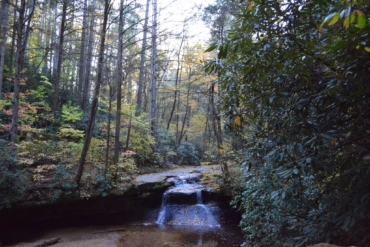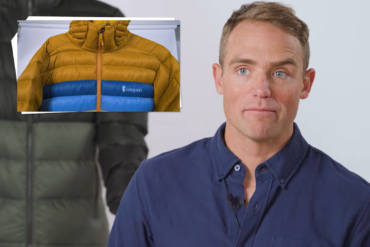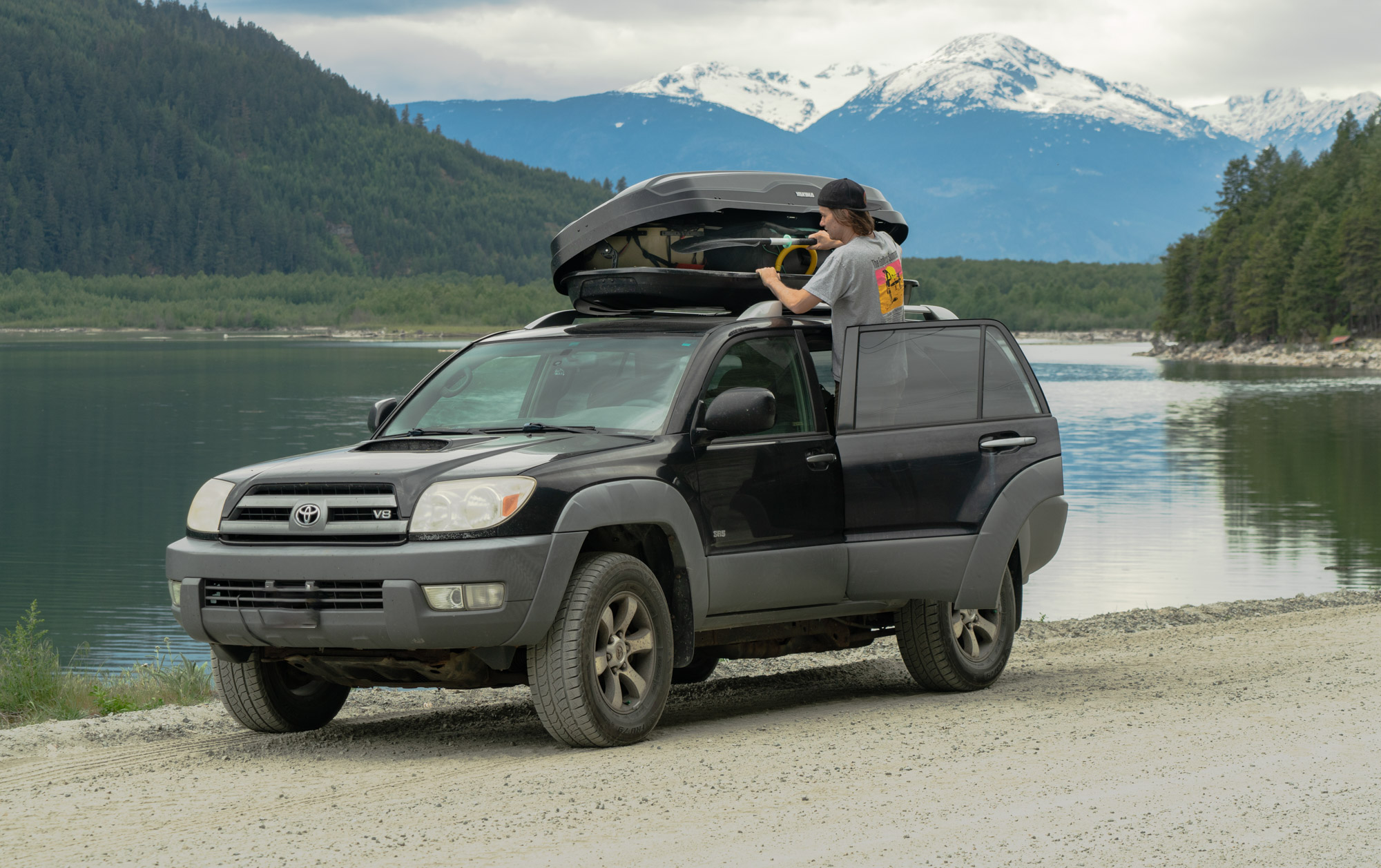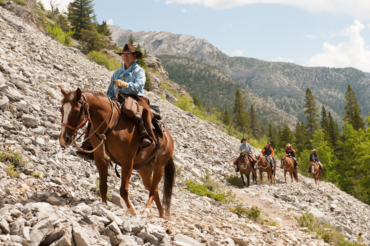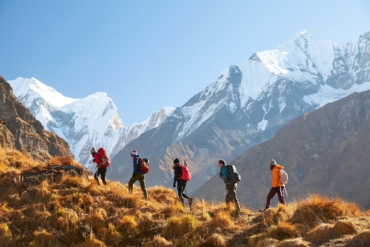
Just after the New Year, I got a message from an internet friend in Canada planning to climb Mount Rainier. He needed a partner. I thought it was crazy to buy a January flight to SeaTac, four weeks in advance, expecting good weather on the summit of the Northwest’s tallest mountain, but I agreed to go after giving a list of stipulations that I thought would get me off the hook when the time came.
It’s not that I didn’t want to summit Rainier; the opposite was true. When I first started dragging myself up peaks, Rainier was always there in my mind, silently looming over everything else like it does on the Seattle skyline. It’s just that I wasn’t expecting to summit it now. During the winter.

Mount Rainier has been called the hardest endurance climb in the contiguous United States. So, despite thinking the trip would never materialize, I began to prepare for it. I thought about the challenges: hauling an expedition pack loaded with gear for every possible contingency 9000 vertical feet to the summit and performing at over 14,000 feet, just two days after driving from sea level.
I got on a diet to get lean and kicked up my weekly outings to half century bike rides and climbs of other nearby peaks. I went over my gear list and made upgrades — a bigger pack, some new layers, a better shell, expedition mitts, and a SPOT device.
As the date of the climb approached — and it looked like the conditions were going to meet my stipulations after all! — I picked out avalanche gear and warmer mountaineering boots, rentals for the winter trip.

Just six days after standing on the summit of Mount Saint Helens and staring north at the most prominent peak in the lower 48, I was driving up to climb Rainier.
As I neared the entrance of Mount Rainier National Park, I passed mountaineering icons RMI and IMG — guide outfits that charge clients thousands to do what I was about to attempt on my own. I thought about some statistics I had read earlier in the week: Guides report getting 60% of their clients to the summit. The success rate for individual climbers is 44%, and only 1% of summits are attained through Gibraltar Ledges, my chosen route.
Inside the park, I stopped at the Longmire Wilderness Information Center for my wilderness permit and climbing pass, then I continued up the road to Paradise, stopping only to pick up a hitchhiking backcountry skier at the Nisqually bridge. We talked about the mountain for a bit while she signed my “drifter’s log,” a little leather-bound book I keep for hitchhikers to sign when I pick them up in the van.

I arrived in Paradise around 4:00pm and walked the perimeter of the lot, looking for a climber I’d only recognize from his photos online. We had planned to spend the night at Paradise, but found that camping was prohibited in the lot, so we decided to make the push for Camp Muir that night.


